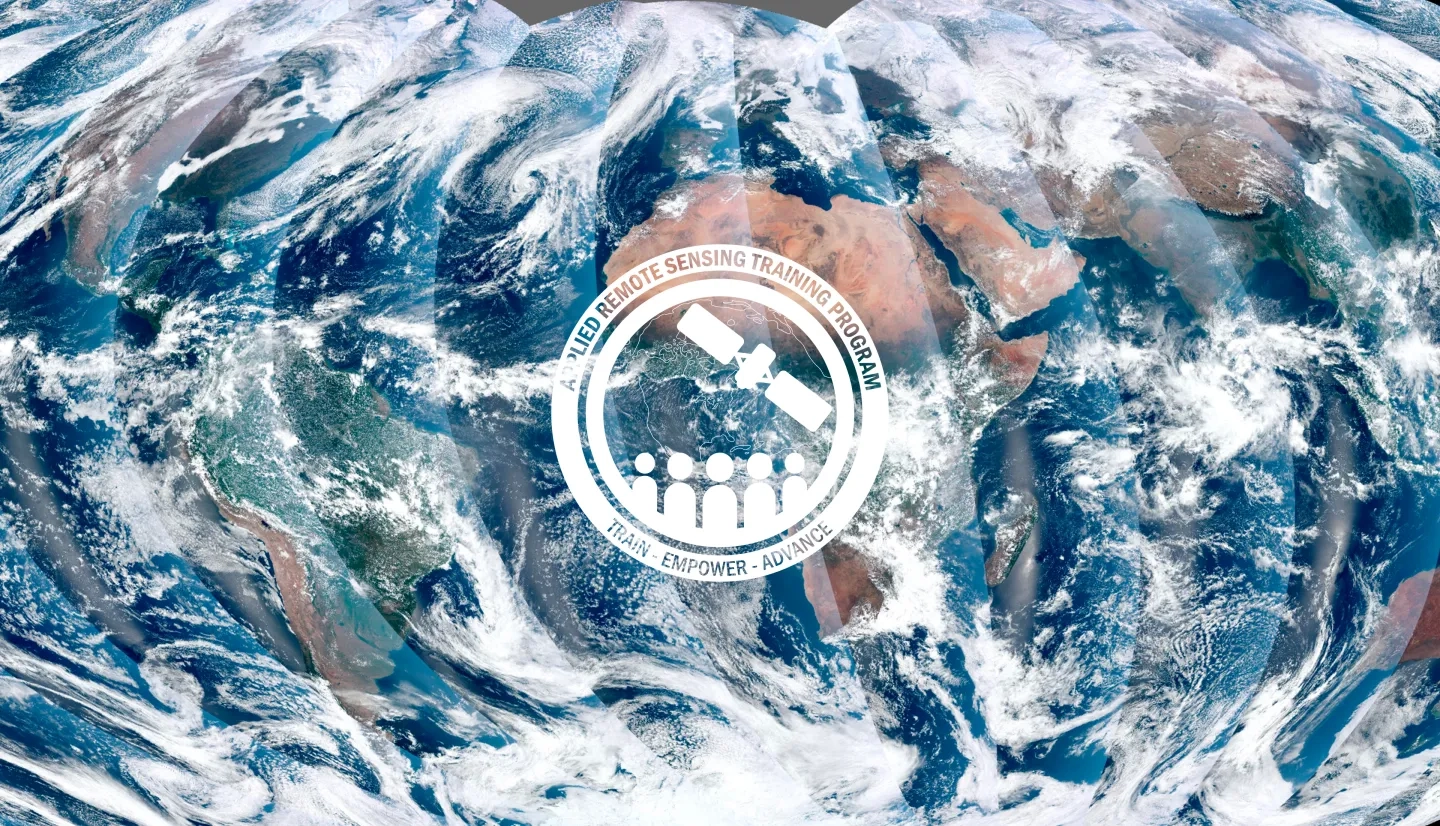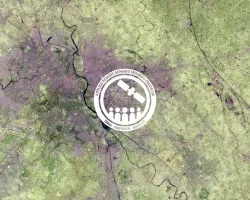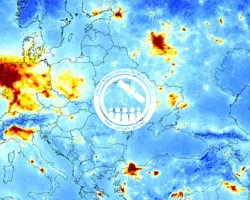Description
With the end of the MODIS data record approaching, it is important that current MODIS users transition to VIIRS data and visualization tools. As they make this transition, users also need information regarding which MODIS geophysical parameters will be available with VIIRS and vice-versa, and the differences between them.
This training will teach users how to access VIIRS data products, the differences involved in using VIIRS as opposed to MODIS, and how to apply VIIRS aerosol optical depth observations for air quality applications.
- Fundamentals of Remote Sensing
- View this Recording for a review of Aerosol Datasets
If you wish to follow along with the demonstrations associated with this training, please complete the following:
Prerequisite Walkthrough Instructions Instrucciones para los prerrequisitos
By the end of this training, participants will:
- Access NASA VIIRS aerosol products through Earthdata
- Describe the differences between the MODIS and VIIRS instruments and aerosol optical depth (AOD) products
- Understand how VIIRS aerosol optical depth observations can be used for modeling and monitoring of air pollution transport
- This webinar is designed for MODIS end-users from all around the world, both applied and those involved in research.
- One 90-minute session
- Review of MODIS and corresponding VIIRS air quality-related parameters
- Discussion of similarities and differences between MODIS and VIIRS
- VIIRS air quality products from NASA and NOAA
- Access and visualization of NASA VIIRS data products
- VIIRS Aerosol Optical Depth (AOD) - data analysis using python scripts
- Examples of air quality applications of VIIRS data
Materials:
Spanish Materials:



